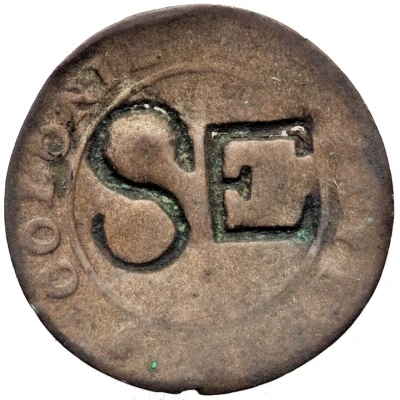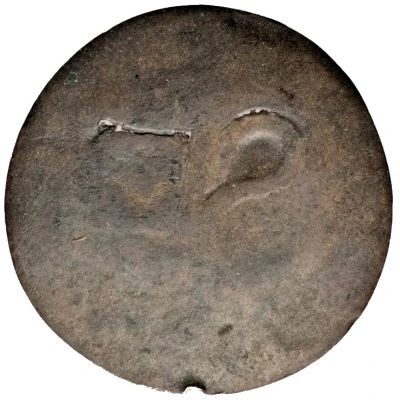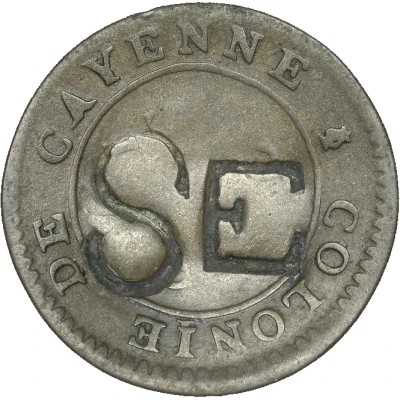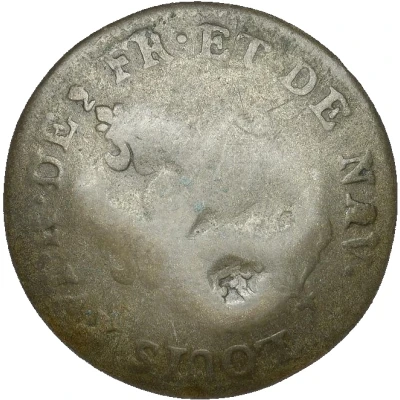


© Heritage Auctions
1 Stuiver "Cayenne-stuiver" Countermark C12 excuse - French Occupation ND
| Copper | 1.8 g | 23 mm |
| Issuer | Saint Eustatius (Netherlands Antilles) |
|---|---|
| Type | Standard circulation coin |
| Years | 1797-1809 |
| Value | 1 Stuiver |
| Composition | Copper |
| Weight | 1.8 g |
| Diameter | 23 mm |
| Shape | Round |
| Technique | Milled, Countermarked |
| Demonetized | Yes |
| Updated | 2024-10-06 |
| Numista | N#106293 |
|---|---|
| Rarity index | 95% |
Reverse
Reverse of Cayenne 2 sous coin with incuse back of counter mark
Comment
The 'cayenne stuiver' was a 2 sous coin minted in the West Indies (Colonie de Cayenne) by the French government, that was used on a lot of non-French islands in the region (including Saint Martin, Saint Bartholomew etc) as well.According to Publication 15-12-1797 the 'Cayenne Stuivers' and similar coins, were countermarked with the letters 'SE'. Smith Pierre dit Flamand was sworn in to make the stamps. On 23-1-1798 a new publication warned for counterfeits and stating that only the old marked, old plain, old Danish and Dutch Stuivers remained of value. Later, in 1809, these coins were marked again, this time with a 'P'.
This is the copper type with raised/excused countermark of which most sources hold the billon coins as counterfeits.
Interesting fact
One interesting fact about the Cayenne-stuiver coin is that it was used as a form of currency during a unique historical period. The coin was issued during the French occupation of Saint Eustatius, a small island in the Netherlands Antilles, between 1797 and 1809. This period saw a significant increase in trade and economic activity on the island, and the Cayenne-stuiver coin played an important role in facilitating transactions during this time.

